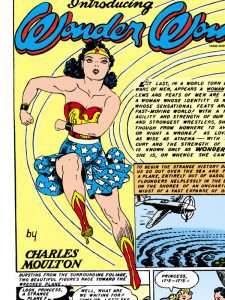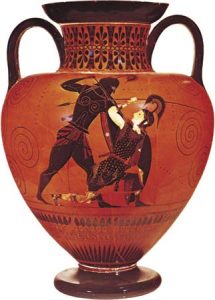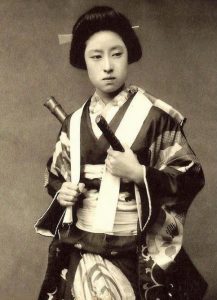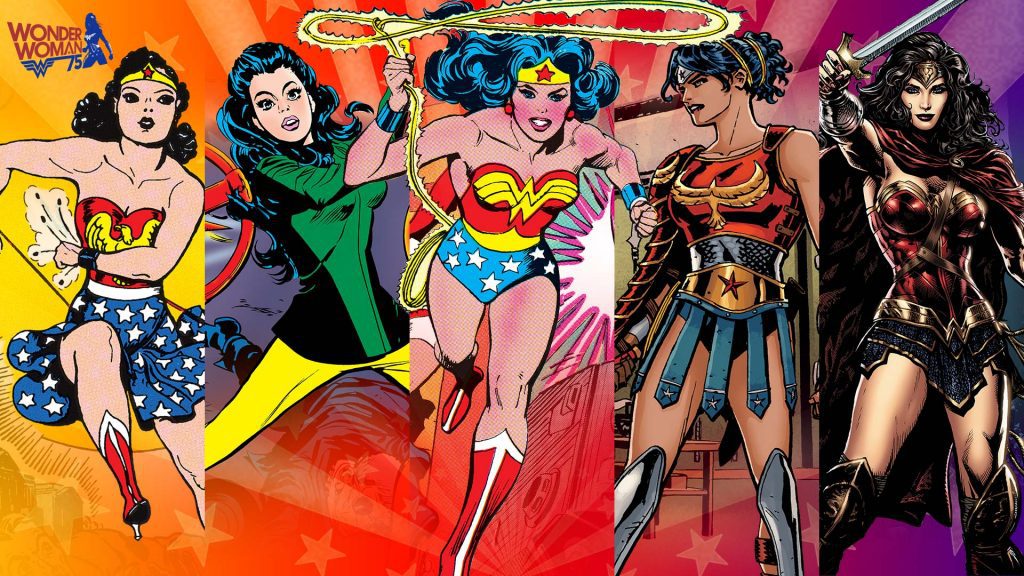 One item has been making headlines lately that we can all hope isn’t a myth: a strong female. The newly-released live-action Wonder Woman has people talking about what it means for a female to take on traditionally masculine roles—the roleof a warrior, a blockbuster film director, or an action movie star—and this conversation has been going on for a long time.
One item has been making headlines lately that we can all hope isn’t a myth: a strong female. The newly-released live-action Wonder Woman has people talking about what it means for a female to take on traditionally masculine roles—the roleof a warrior, a blockbuster film director, or an action movie star—and this conversation has been going on for a long time.

Wonder Woman in All-Star Comics #8
Courtesy of Geek Tyrant
If you’re not familiar with Wonder Woman aside from oblique cultural references, she first made her appearance in All-Star Comics #8 in 1941. She’s the daughter of Queen Hippolyta of the Amazons, who live on the female-populated island Themyscira. In the comic, she takes on both the “feminine” and “masculine” roles: she falls in love then proves her prowess in battle. In 1942, her own comic series launched, in which she could wield her magic lasso and bulletproof bracelets for the forces of good.
Of course, Amazons aren’t solely out of the comic book world. While details of the tribe may differ, the Amazons were present in ancient Greek mythology. Whether they were real has often been disputed, but it seems likely.Herotodus wrote about the Amazons, who were “slayers of men” eventually tamed (and married) by the Scythian tribe. Homer mentions the Amazons in The Iliad when King Priam of Troy recounts a battle he’d seen, but other iterations of the Trojan War describe the Amazons actively involved: Queen Penthesilea (who accidentally killed her sister Hippolyta) fights for the Trojans until Achilles kills her—then he falls in love with her dead body.

Achilles slays Penthesilea
Courtesy of Encylopaedia Britannica
Myths about the Amazons pervade. The women were said to have impressive stature (giving rise to the term “Amazonian” to describe women), impressive hunting and fighting skills, and to have cut off a breast for either spear-fighting or bow-drawing purposes. Before her death, Hippolyta was involved with Hercules’ ninth task; he needed to obtain her magic girdle. While she at first agreed, the Amazons decided to fight and Hercules killed her.

Nakano Takeko
Courtesy of Alchetron
The Amazons are by no means the only fighting women of history or folklore. Joan of Arc (French fighter, leader, and martyr), Queen Boudicca (widowed warrior queen of the Celts), and Nakano Takeko (rare female samuri) each appear in history and legend. Mulan may be a Disney movie, but the character appears in a Chinese ballad. The West African kingdom of Dahomey had female-only fighting corps arguably as early as the 1720s.
Though female fighters have pervaded through history, often as a minority, the film Wonder Woman has become a feminist signpost: when Batman v. Superman was released and word got out that Wonder Woman was a character, there was outcry—why did only the two men receive the title billing? Now, she has her own film, which is listed as #1 in 2017’s box office to date. This recognition for a heavily female cast in a blockbuster film directed by a female is empowering. That’s not even mentioning that the actress Gal Godot, who plays Wonder Woman, was pregnant while filming the action movie!
With that inspiring note, this concludes our Folklore Friday series. Missed a post? Read about Belle the bookish heroine, long-suffering mermaids, or the heroines (and villains) of winter.

Wonder Woman
Courtesy of DC




